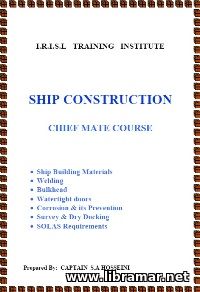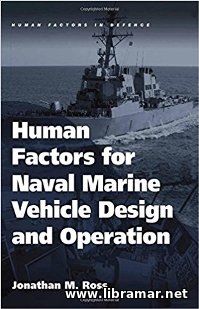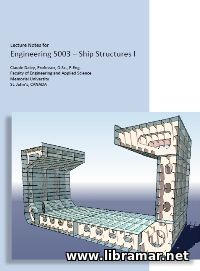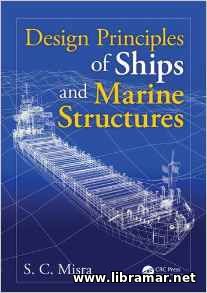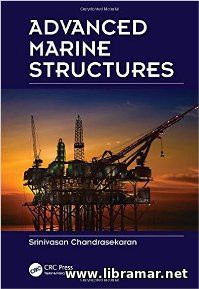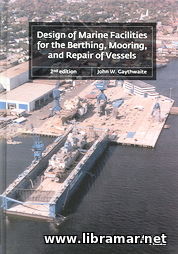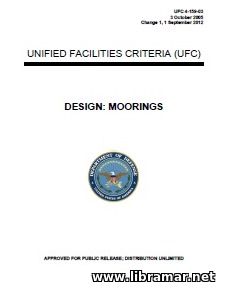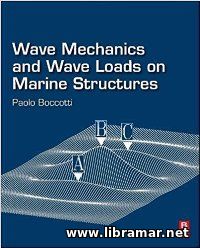
The present publication prepared by Paolo Boccotti was released to provide industry with the new perspective concerning the calculation of the wave forces acting on the marine structures through unifying the probabilistic and deterministic ways of approaching the theory of waves and through combination of the various methods commonly used together with the experimental measurements.
In his work, the author presents the QG, standing for the quasi-determinism theory as well as the use of SSFEs, i.e. small-scale field experiment approach, simplifying the techniques and findings that are honed in this publication in order to provide the practicing engineers and researchers with the newly introduced effective practical analysis methods. The author has included numerous real life case studies and worked examples to supplement the theory and let readers understand it easier.
The volume includes discussion on the software used for the analysis. An absolutely recommended book for everyone dealing with wave mechanics and calculations related to the wave loads since this is very important aspect of any marine structure design. All aspects of the design they shall be aware of have been covered in the pages of this popular volume.
